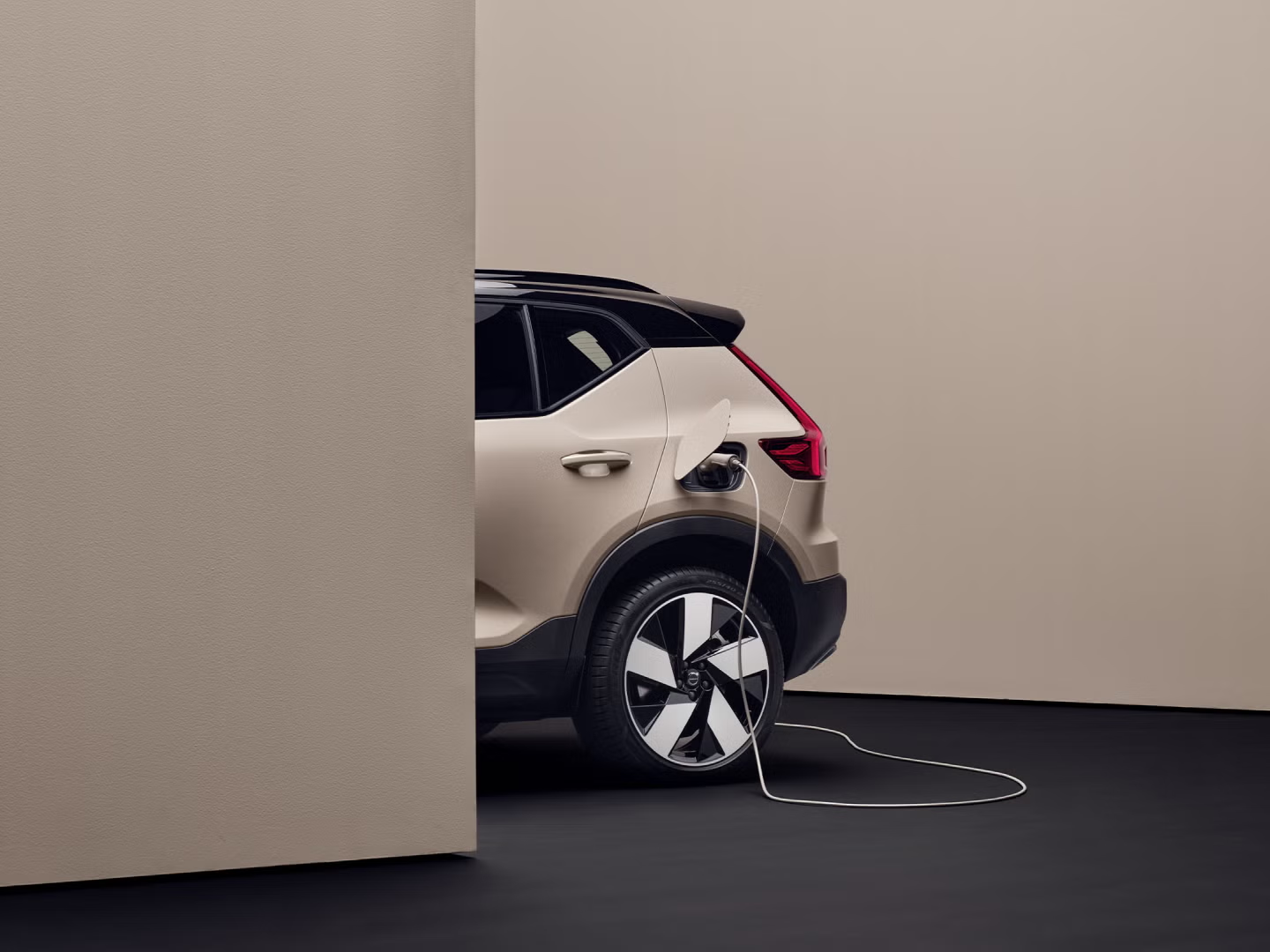How Tariffs Could Affect Your Next Car Purchase
If you’ve been thinking about buying or leasing a car in the near future, there’s one factor that could change everything—from what’s available to what you’ll pay: tariffs. As of 2025, a sweeping series of proposed and enacted tariffs are beginning to reshape the entire auto industry, from global supply chains to showroom prices.

The Real Cost of a New Car in 2025
What Every Car Buyer Needs to Know About Rising Import Tariffs
These tariffs—many initiated under the Trump administration—impact everything from imported steel to electric vehicles to finished vehicles from longtime U.S. trade partners. And make no mistake: if you're in the market for a new car, you’re footing part of the bill.
In this guide, we’ll break down the most impactful tariffs currently proposed or in effect, how they influence pricing and availability, and what smart car buyers should be watching in the months ahead.
What Are Tariffs, and Why Do They Matter for Car Buyers?
A tariff is essentially a tax on imported goods. When a foreign manufacturer sells a product in the U.S., they—or their U.S. importer—must pay a fee. While tariffs are often pitched as a way to encourage domestic production, they almost always lead to higher prices for consumers, especially in industries like automotive where global sourcing is standard.
Automakers don’t just import finished vehicles—they rely heavily on components like engines, electronics, tires, semiconductors, and steel, much of which comes from overseas. So even a tariff that doesn't directly target cars can drive up prices.
How Tariffs Trickled Into the Auto Industry (Fast)
Since taking office in January 2025, the Trump administration has:
- Signed multiple executive orders imposing 25%–125% tariffs on imported vehicles, parts, and raw materials
- Targeted trade partners including Mexico, Canada, China, and the European Union
- Removed exemptions for low-value imports, like car parts under $800
- Threatened retaliatory tariffs against countries with tariffs or subsidies that disadvantage U.S. exports
The cumulative effect? A complex—and rising—cost structure for building or importing cars in the U.S.
The North American Shakeup: Mexico and Canada Hit Hard
America’s closest trading partners, Mexico and Canada, are also two of the most vital links in the U.S. automotive supply chain. In 2024 alone, $173 billion in cars, engines, and parts were imported from Mexico.
Key Highlights:
- 25% tariffs on all vehicle imports from Canada and Mexico signed into law in early 2025
- Over 25% of U.S. vehicle inventory is built in Mexico or Canada, including by U.S. brands
- Trump administration imposed 50% tariffs on Canadian aluminum and steel, further increasing car production costs
These tariffs could raise the average price of a car by $3,000 or more, according to Automotive Parts Manufacturers’ Association CEO Flavio Volpe.
It’s not just foreign brands being impacted—over half of affected vehicles are made by U.S. manufacturers like Ford and GM that assemble in North America. That’s why even domestic-seeming cars may soon cost more.
China: Electric Vehicles, Chips, and Rare Materials in the Crosshairs
While Chinese-branded cars haven’t saturated the U.S. market yet, key components for nearly every car—especially EVs—come from China. And those are facing some of the highest tariff hikes to date.
What’s Happening:
- Combined tariffs now total up to 145% on Chinese automotive imports
- Applies to EVs, plug-in hybrids, batteries, and key materials
- Rare earth export controls by China could choke the U.S. EV supply chain
- Tariffs now include de minimis goods (under $800) like auto parts and electronics
Even though only 1.4% of U.S. vehicle inventory is assembled in China (mostly Buick Envision, Lincoln Nautilus, and Polestar models), the true impact lies in the parts pipeline—from battery packs to sensors and chips.
Bottom line: if you’re eyeing an electric or hybrid vehicle, expect longer wait times and higher prices in the coming months.
Europe in the Crosshairs: German and Italian Cars at Risk
Europe exports more than $40 billion in vehicles and auto parts to the U.S. annually, with luxury brands like Mercedes, BMW, Audi, Porsche, and Alfa Romeo among the most recognized.
Current Outlook:
- Trump has signaled a 25% tariff on EU automotive goods
- The EU has vowed firm retaliation, which could raise costs even further
- U.S. imports nearly 80% of Volkswagen's U.S. lineup, making VW particularly vulnerable
Luxury vehicle buyers may be the first to feel the impact—but mainstream nameplates like the BMW X3, Audi Q5, and Mercedes GLE, all of which are imported, may soon see substantial price jumps if these tariffs go live.
Don’t Forget Brazil, India, and the Rest of the World
Though Mexico, Canada, China, and Europe dominate headlines, many auto components are sourced from lesser-known regions like:
- Brazil – major steel and parts supplier
- India – a rising source of electronics and tires
- Colombia – electrical components and fittings
Trump has threatened 25%–50% tariffs on goods from Brazil, India, and Colombia over disputes unrelated to cars. But if implemented, these will still affect pricing and part availability.
The 25% Global Vehicle Tariff: The Big One
In April 2025, Trump signed an executive order to apply a 25% blanket tariff on all vehicles assembled outside the U.S., regardless of brand origin.
What it Means:
- Applies to imports from every country
- Only vehicles built in the U.S. are exempt
- Cars that qualify under the USMCA (former NAFTA) may get relief, but enforcement guidance is pending
This is arguably the most consequential policy to date. Brands like Hyundai (65% imported), Volkswagen (80%), and many luxury automakers may see massive price jumps. Even Toyota, which builds many cars in the U.S., would be affected on imported models like the Land Cruiser and Prius.
Tariffs on Chips, Semiconductors & Raw Materials
One of the most overlooked—but critical—tariff battles surrounds semiconductors and raw metals like aluminum and steel.
Fast Facts:
- Most semiconductors are imported from Taiwan and China
- Chips are essential for nearly every system in a modern car, from infotainment to engine control
- New tariffs and shortages could further strain supply
- 23% of U.S. steel and 50% of aluminum are imported—used heavily in modern car construction
Remember the chip shortage of 2021–22? Many of those supply chain vulnerabilities still exist—and tariffs on these materials may kickstart a new wave of inventory disruptions and pricing spikes.
Other Ways Tariffs Affect Car Buyers
It’s not just the sticker price that changes when tariffs hit. Here’s what else you might feel:
1. Higher Auto Insurance Costs
Insurance companies pay more for parts and repairs—and they pass that cost on to you through premiums.
2. Limited Vehicle Availability
Dealers may have fewer units in stock—or skip certain trims altogether—due to sourcing issues.
3. Longer Wait Times
Tariff uncertainty means shipping delays, halted production, or factory retooling, which slows delivery to customers.
4. Used Car Price Inflation
As new car prices rise, more buyers will shift to used options—driving up demand and prices in the used market.
What Can Car Buyers Do Right Now?
- Buy Sooner, Not Later: If you're in the market now, locking in a lease or purchase before tariffs are fully priced in could save you thousands.
- Be Flexible With Brands or Trims: U.S.-assembled vehicles will likely see less disruption. Ask your broker which options are least affected.
- Use a Trusted Lease Broker: Dealers may not tell you the whole story, but an independent broker like Vantage Auto Group can give you a clear, brand-agnostic view of your best options—without the pressure.
- Track Total Cost of Ownership: Tariffs may affect more than MSRP—they influence insurance, repairs, and trade-in value down the road. Calculate accordingly.
Conclusion: Tariffs Are Reshaping the Automotive Landscape—Here’s How to Stay Ahead
Tariffs may sound like dry policy—but for car buyers, they hit where it counts: in the wallet. From Mexico to China to Europe, nearly every corner of the global supply chain is being impacted by new import taxes, and the ripple effects are already hitting the showroom floor.
Whether you’re buying now or planning for later, understanding how tariffs work—and which cars and parts they affect—can help you make smarter decisions and avoid costly surprises.
And if you’re not sure where to begin? Start with a lease broker who knows how to navigate the chaos.
Explore The Cars From This Article
Car Brands Featured In This Article
Read Further

There’s nothing quite like the thrill of a sports car—the grip of the tires, the roar of the engine, the pulse-pounding acceleration. At Vantage Auto Group, we believe everyone deserves a chance to experience that. Our Sports Car Lease Deals are designed to turn high-performance dreams into real-world driving adventures, all at a price that makes sense.

Shopping for your next car doesn’t have to mean spending weekends hopping from dealership to dealership. With online car shopping, you can browse, compare, and buy the perfect vehicle—all from the comfort of your couch. At Vantage Auto Group, we’ve built a modern platform that brings the entire car leasing experience online, combining convenience, transparency, and total control.

Looking to lease a new car without the hefty upfront cost? Vantage Auto Group is redefining the leasing experience with its no money down car lease—a smart, stress-free way to drive the car you want without draining your savings. Here’s why this approach is quickly becoming the go-to option for budget-conscious drivers across the country.

Hybrid cars offer a mix of gas and electric benefits. Fully electric vehicles eliminate fuel costs but require charging infrastructure. Range anxiety and charging availability still influence buyer decisions. Government incentives can make full EVs more appealing. Compare hybrids and EVs to find your best match.

Government incentives can lower the cost of switching to an EV. Federal tax credits vary by manufacturer and model. State-level incentives can provide additional savings. Knowing how to apply for these credits can save you thousands. Find out how much you can save when buying an EV.
Testimonials
Vantage Customer Reviews
At Vantage Auto Group we take great pride in providing our customers with the best car leasing experience. We are proud to have to such incredible reviews!



















